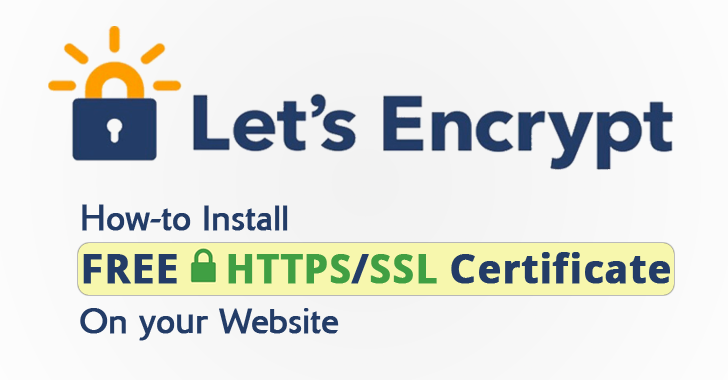Extreme Hacking | Sadik Shaikh
Ethical Hacking Institute Course in Pune-India
Why Let’s Encrypt?
- Free – no charge for HTTPS certs.
- Automatic – the installation, configuration as well as the renewal of the certificates do not require any administrator action.
- Open – the automatic issuance, as well as renewal procedures, will be published as the open standard.
- Transparent – the records of all certs issuance or revocation will be available publicly.
- Secure – the team is committed to being a model of best practice in their own operations.
- Cooperative – Let’s Encrypt is managed by a multi-stakeholder organization and exists to benefit the community, not any of the consortium members.
How to Install Let’s Encrypt Free SSL Certificate
apt-get install git
Step 3: Then download and install the latest version of Let’s Encrypt Client application, type the following commands:
git clone https://github.com/letsencrypt/letsencrypt
cd letsencrypt
./letsencrypt-auto
Step 4: Once the installation starts, press Enter to accept the agreement.
How to Configure Nginx/Apache for Let’s Encrypt SSL Certificate
$ sudo nano /etc/nginx/sites-available/www.example.com
http{
server{
…
listen 443 ssl;
server_name www.example.com;
ssl_certificate /etc/letsencrypt/live/www.example.com/fullchain.pem;
ssl_certificate_key /etc/letsencrypt/live/.wwwexample.com/privkey.pem;
…
}
}
sudo nginx -s reload
FREE HTTPS Certificates for Everyone!
“There’s a reward going for anyone who can find a security hole in the service,” the team wrote in ablog post. “We have more work to do before we’re comfortable dropping the beta label entirely, particularly on the client experience.”
“Automation is a cornerstone of our strategy, and we need to make sure that the client works smoothly and reliably on a wide range of platforms. We’ll be monitoring feedback from users closely, and making improvements as quickly as possible.”
www.extremehacking.org
CEHv9 CHFI ECSAv9 CAST ENSA CCNA CCNA SECURITY MCITP RHCE CHECKPOINT ASA FIREWALL VMWARE CLOUD ANDROID IPHONE NETWORKING HARDWARE TRAINING INSTITUTE IN PUNE,Certified Ethical Hacking, Center For Advanced Security Training in India, ceh v9 course in Pune-India,ceh certification in pune-India, ceh v9 training in Pune-India,Ethical Hacking Course in Pune-India

